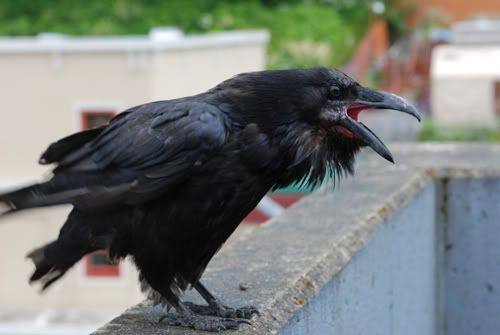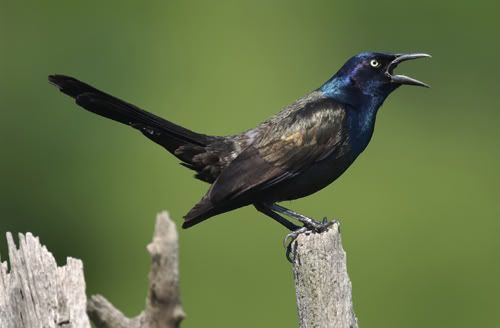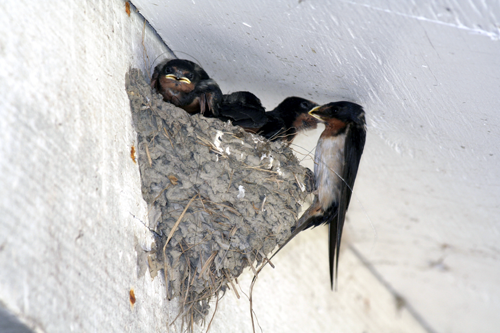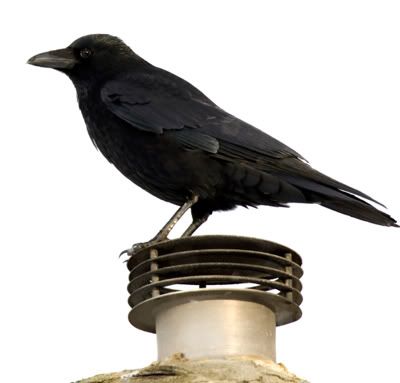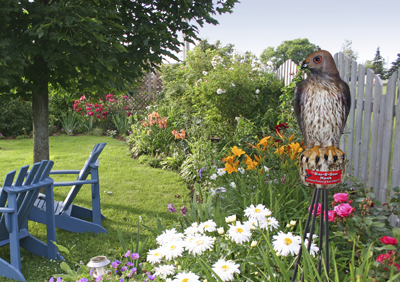
Birds will soon be hovering around your vegetable garden. Just when your veggies are ripening and ready to eat—birds will beat you to them. They’ll peck and eat and, yes, poop on your prized crops. If you’re like most gardeners, you won’t have the patience or the time to stand guard over your garden with a hose to disperse the birds. Nor will you have the cruel indifference to use poisons or other lethal means to harm the birds. What you need are humane, effective bird deterrents. Here are three bird control measures the pros recommend that will keep birds from eating what you worked all year to grow:
Sonic Bird DeterrentsIdeal for larger gardens, the Sound Bird Deterrents will intimidate any bird within earshot. The device emits bird distress and predator calls that make birds believe their safety may be threatened. The sounds broadcast are perceived as natural enemies of most birds (peregrine falcons, for example). While these sounds may strike fear in the hearts of most birds, they resemble normal bird calls to humans and pets. If your garden is being attacked by a variety of bird species, the Bird Chase Supersonic “covers all bases,” emitting distress and predator calls for 22 different species of birds. By the way, bird control experts suggest you stay away from ultrasonic bird deterrents. Birds can’t hear them and they are mostly ineffective. Garden Bird Netting Virtually invisible and easy to handle, Bird-B-Gone Garden Bird Netting will block birds from specific patches of your garden. It provides effective bird barrier protection for your prized fruit trees, berry bushes and vegetables. The netting comes in 14 x 100-foot and 14 x 200-foot rolls and can easily be cut and shaped over plants and small trees. Garden netting comes in three different mesh sizes—1/4" mesh, 1/2" mesh and 3/4" mesh—depending on the specific bird you want to exclude. Unlike some netting, Bird-B-Gone high quality netting is made from a durable, UV-protected polypropylene. This is why it's so strong and light. Visual Bird DeterrentsBirds avoid areas that are noisy and visually distracting. They hear better and react faster to danger than we do. That’s why Visual Bird Deterrents can be so effective—if they are frequently moved around so birds don’t get used to them. Bird-B-Gone Visual Bird Deterrents include Flash Tape and Reflective Banners, which snap and crackle in the breeze and reflect sunlight. Equally effective are Scare Eye Diverters and Bird Scare Balloons, which twist and bob in the breeze to make their lifelike mock predator eyes appear threatening to any bird. Red-Tail Hawk DecoysAnother highly effective visual bird deterrent, Red Tail Hawk Decoys are feared as predators by most birds. The Bird-B-Gone Hawk Decoy is made of heavy duty plastic to remain realistic looking through season after season of rough weather. Just remember to move them about from time to time, or birds will eventually get to used to them.